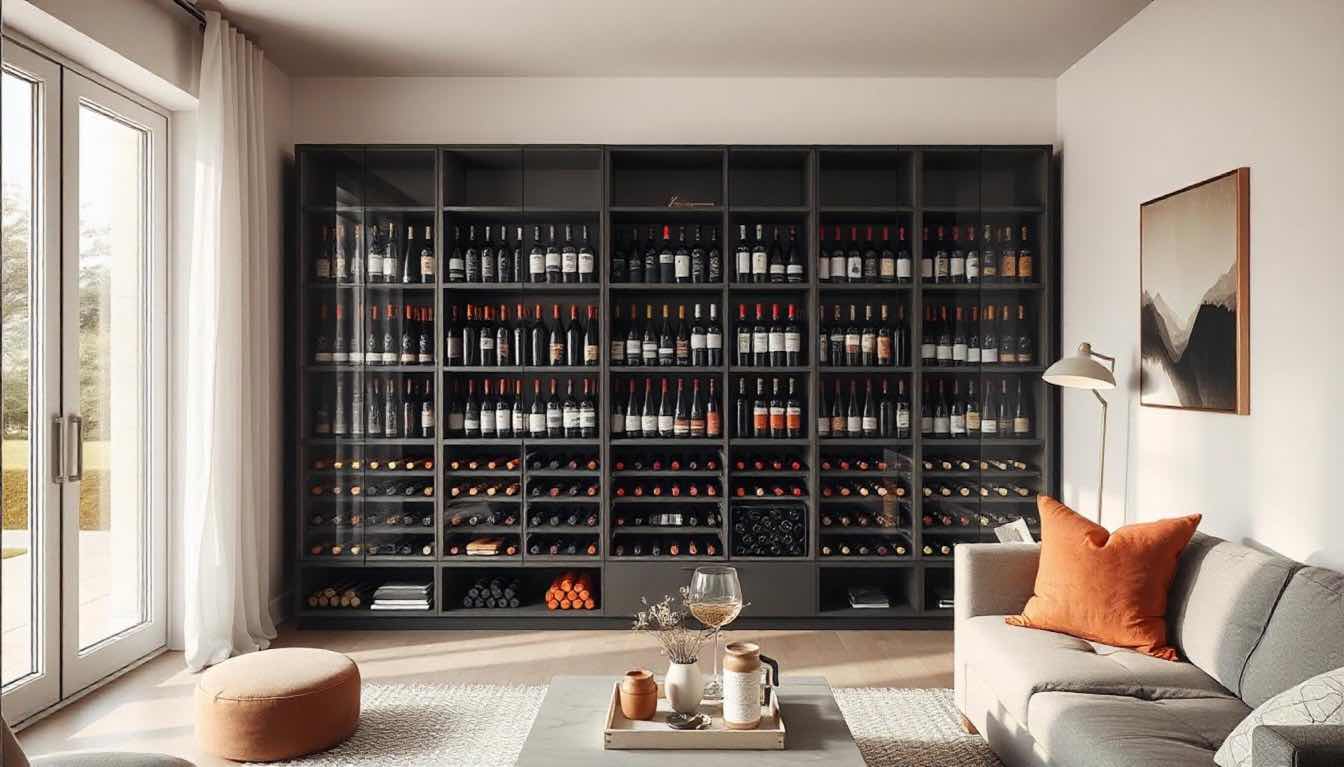Water, the giver of life and a representation of fluidity and change has taken center stage in contemporary architecture. This adaptable material is being used in modern structures in creative ways by architects, changing the relationship between built environments and their natural surroundings. This use of water boosts the building's utility and sustainability while also improving its aesthetic appeal. This article examines how architects use water as a key design component in modern structures and provides advice on how to successfully incorporate water features into architectural designs.
Balance aesthetics and sustainability
Building designs that use water can create a distinctive, tranquil atmosphere that encourages reflection and relaxation. However, in the modern period, where sustainability is a top priority, architects must strike a balance between these characteristics' aesthetic appeal and ecological responsibility. The beauty of a design doesn't have to be at the expense of the planet's health thanks to thoughtful water conservation techniques. For instance, water re-circulation systems, which reuse the same water inside the feature continuously, might be used by architects to reduce water waste. As an alternative, structures can use greywater recycling or rainwater harvesting systems to collect and treat water from sources like sinks or rainfall for reuse. These techniques can create water features that are both aesthetically pleasing and environmentally responsible.
 image © Jonathan Borba
image © Jonathan Borba
Fostering connections with nature
The creation of a link with nature is one of the most significant effects of using water features in architectural design. The idea behind the biophilic design, also known as the use of natural components in constructed spaces, is that doing so can considerably improve a community's inhabitants' well-being. Water elements are an excellent tool for biophilic design because they promote balance and serenity. The presence and sound of water can have a relaxing impact that lowers stress and enhances mental health. Additionally, water features can draw a wide range of animals, including birds and butterflies, offering still another level of nature engagement. As a result, the distinction between the built and natural environments can be muddled by adding water features to a building, turning it into a living ecosystem.
Water for natural cooling
Architects have the option to incorporate water features for natural cooling in areas with warmer climates. Evaporative cooling takes advantage of the fact that water absorbs a lot of heat to transform from a liquid to a gas. As a result, water features like fountains, waterfalls, or ponds can cause their water to evaporate, which lowers the temperature in the area. But in order for these functions to work correctly, the problem of pesky blocked drains must be solved. In addition to disrupting the cooling effect, stagnant water from blocked drains can serve as an insect breeding ground. In order to avoid such problems, it is crucial to design good drainage and maintain routine maintenance in addition to taking into account the aesthetic and cooling benefits. This strategy keeps the water features functioning while providing an energy-efficient cooling mechanism and a touch of rustic elegance to the building.
 image © Freepik
image © Freepik
Creating reflection and visual interest
Strategic use of water features can produce dramatic visual effects that improve a building's aesthetic appeal. A still body of water, such as a pond or pool, can serve as a reflection of the building's design and the sky, enhancing its majesty. On the other hand, moving water, such as that seen in a fountain or cascade, can produce interesting patterns of light and shadow. As the sun's angle changes during the day, these elements can change as well, resulting in a dynamic visual conversation between the building and its surroundings. By incorporating water elements in this way, a plain building exterior can become a mesmerizing, constantly-changing spectacle.
Better acoustic environment
Water elements can dramatically improve the acoustic environment of a space in addition to being visually appealing. In the middle of the bustle of the city, the quiet bubbling of a fountain or the continuous flow of a waterfall can produce a calming soundscape. This acoustic quality can mute city noise and produce a peaceful haven within a busy urban landscape. An often-overlooked facet of architectural design that has a big impact on how people feel inside a space is the auditory environment. As a result, taking into account the acoustic contribution of water features is important in contemporary urban architecture.
The modern architecture incorporates water features in ways that go beyond simple aesthetics. It involves combining the natural and built environments to create efficient, harmonic, and sustainable areas. In addition to creating stunning and inventive structures, architects who incorporate water into their designs are paving the way for a more robust and sustainable architectural future. From avoiding clogged drains to enriching visual and auditory surroundings, the advice provided in this article can be used as a road map for incorporating water features into buildings. Our intrinsic connection to this essential component of life is reflected in the limitless function that water plays in design as we grow in our architectural undertakings.





